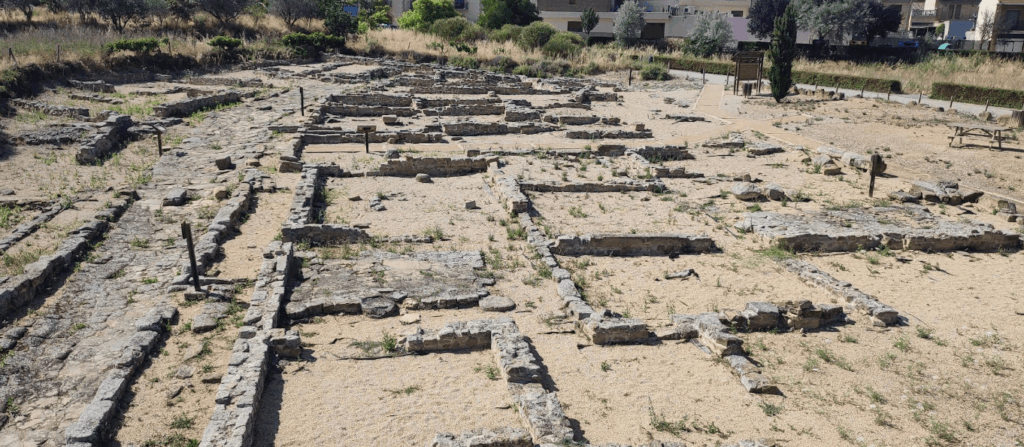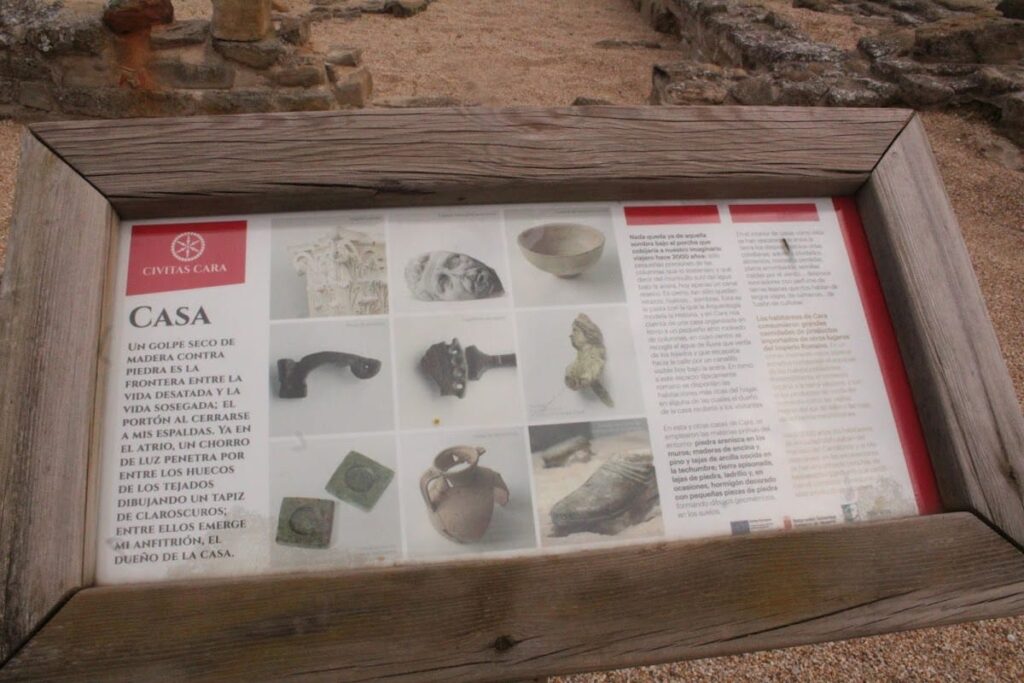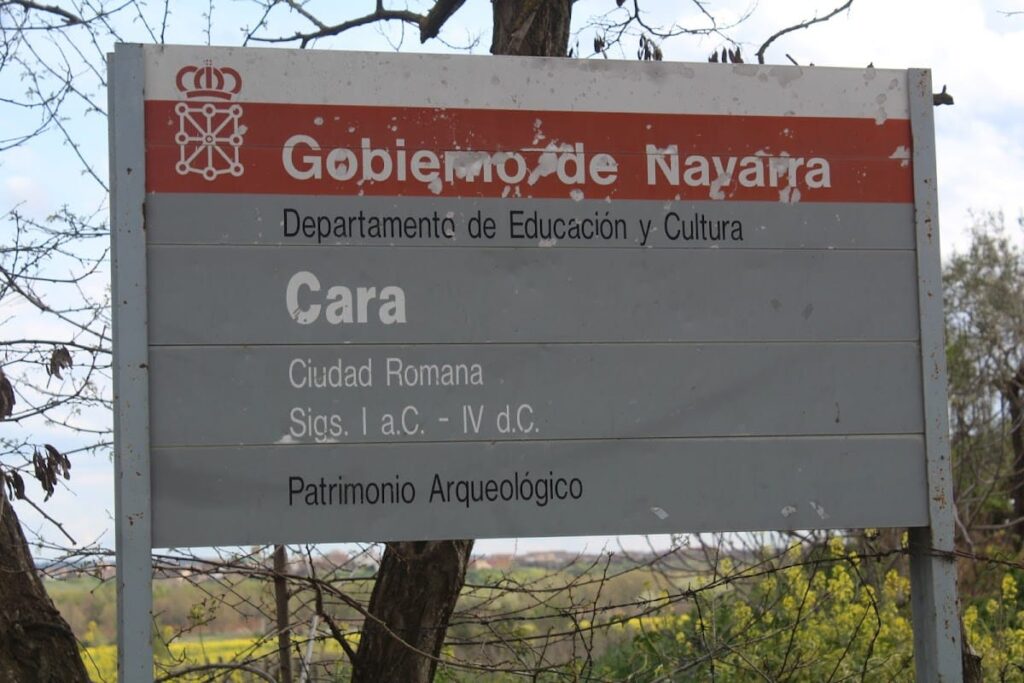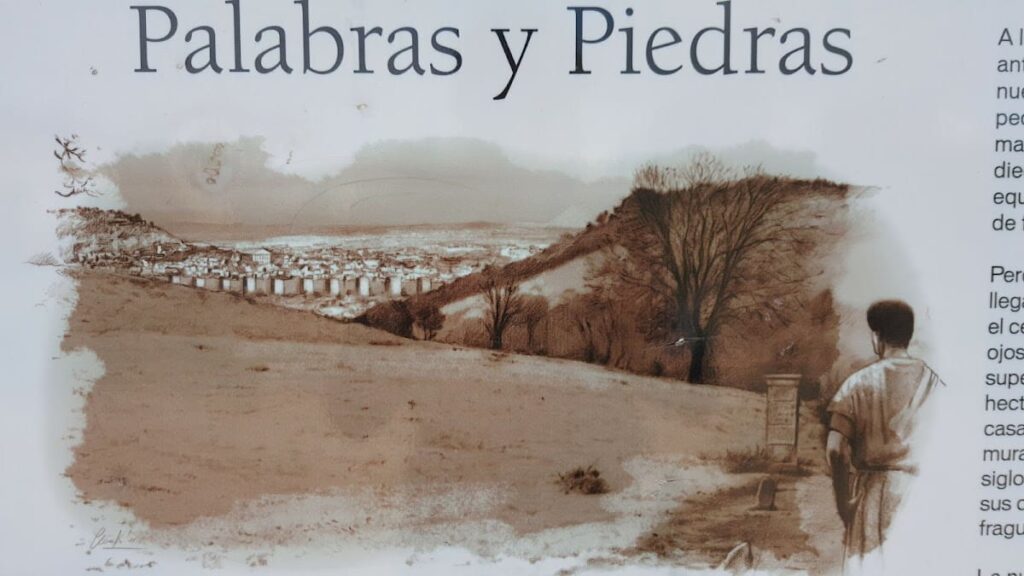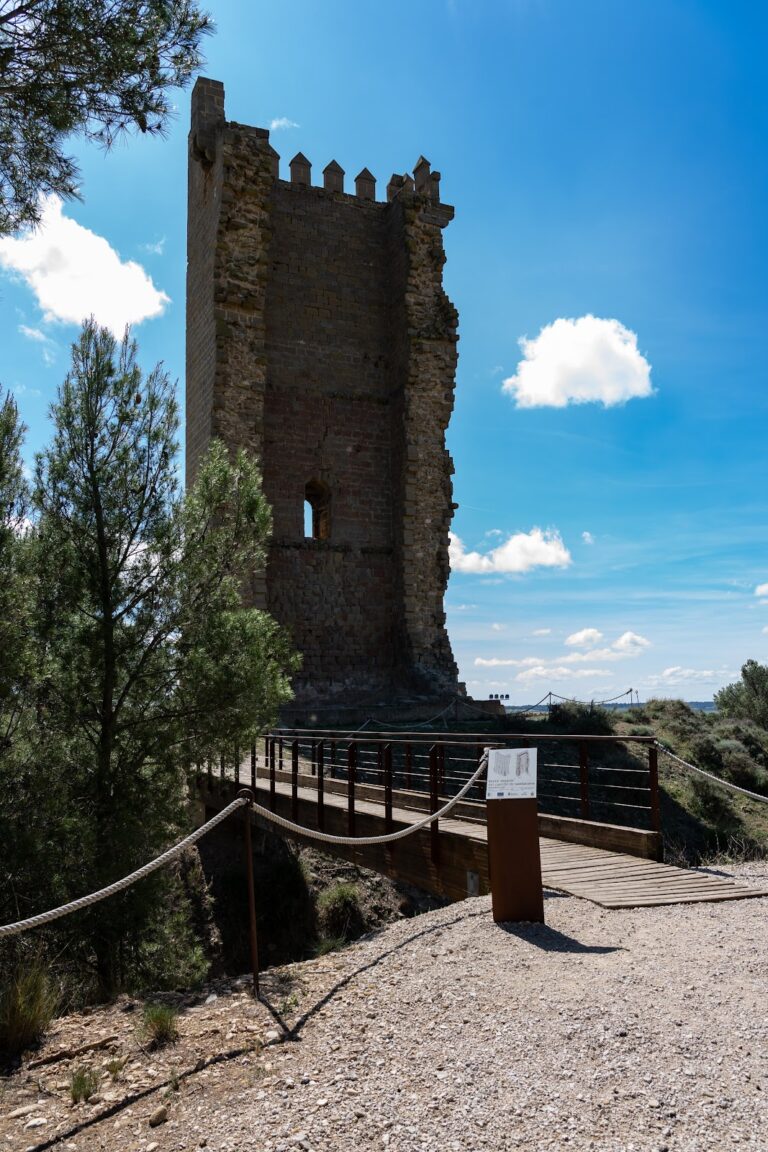Cara: A Roman Stipendiary Town in Spain
Visitor Information
Google Rating: 4.1
Popularity: Low
Google Maps: View on Google Maps
Official Website: www.santacara.es
Country: Spain
Civilization: Roman
Remains: City
History
Cara was a Roman city located near the modern town of Santacara in Spain. The settlement was established by the Romans on the site of a pre-existing Basque village that dated back to the Iron Age. Its foundation followed initial Roman contacts with the region in the 2nd century BCE and was motivated by the strategic need to oversee the Aragón River valley.
During the Roman period, Cara functioned as a stipendiary town, known in Latin as a “civitas stipendiaria”, meaning it was obligated to pay tribute and provide troops to the empire. It fell under the administrative jurisdiction of the Tarraconense province and was part of the Caesaraugusta conventus, an official district centered on what is now Zaragoza. Inscriptions found at the site reveal that its inhabitants identified themselves as Karenses. The city’s position along the route connecting Caesaraugusta and Pompaelo (modern-day Pamplona) made it an important stopping point, or “mansio”, for travelers and trade.
Cara experienced its height of development in the 1st and 2nd centuries CE, at which time it spanned approximately 18 hectares. However, from the 3rd century onward, the city entered a period of decline that culminated in its abandonment by the 4th century. Among individuals connected to the broader region was Postumia Nepotiana, a woman recognized as a “flaminica”, or female priest, who lived in Tarraco (Tarragona), illustrating religious roles present within Roman Hispania.
Excavations revealing part of the city’s extent took place between 1974 and 1982, led by archaeologist María Ángeles Mezquíriz. Before these efforts, Roman artifacts such as milestones and building stones had already been discovered in the vicinity, indicating longstanding awareness of the site’s significance. Since 1994, Cara has been a protected Cultural Heritage Site under Spanish law, acknowledging its historical importance.
Remains
Archaeological investigations at Cara have revealed evidence of a thoughtfully organized urban center displaying a blend of Roman and earlier local building traditions. The remains suggest a city built with durable stone masonry, incorporating structures from both pre-Roman and Roman periods, indicating continuous occupation and development.
One of the prominent discoveries includes a house dating from the 1st century CE. This residence featured an atrium, an open central courtyard typical of Roman domestic architecture, which served as a focal space for household activities. The house was also equipped with a drainage system, highlighting the city builders’ attention to functional infrastructure for sanitation and water management.
City walls, constructed in multiple phases, outline the settlement’s defenses and boundaries. Archaeologists identified sections that predate Roman occupation, reflecting the earlier Basque village, as well as later Roman modifications likely added to strengthen the fortifications. These walls use stone masonry and remain visible today, offering a view of the city’s original extent and fortification strategies.
The site’s main street has been uncovered, running through the urban layout and providing insight into the city’s planning. Alongside the street, several Roman milestones found nearby confirm Cara’s role as a crossroads and a stopping place along a significant Roman road connecting major cities.
Religious architecture is represented by a temple located within the city limits. Although specific details about its size or decorations are not recorded, its presence confirms organized worship and the importance of religious practice in Cara. Additionally, sculptural fragments uncovered during excavations suggest artistic activity and contribute to understanding the city’s cultural environment.
Today, some streets and wall sections survive in a well-preserved state, allowing visitors and researchers to visualize Cara’s urban fabric and infrastructure. Artifacts recovered from the site, including architectural elements and inscriptions, are preserved and displayed in the Navarre Museum, supporting ongoing study and public awareness of this historical settlement.
